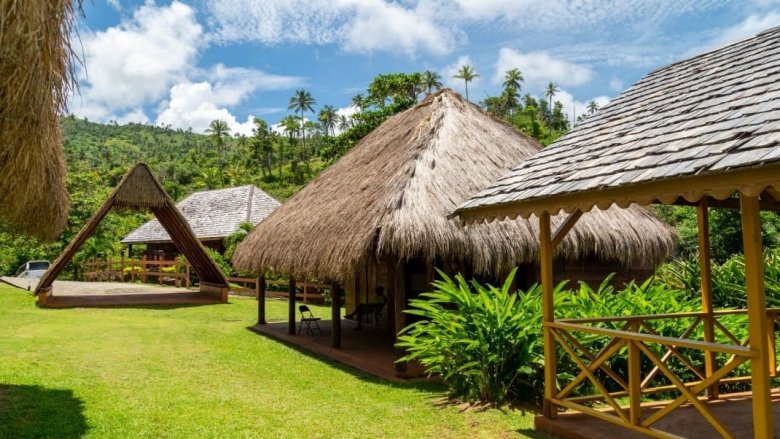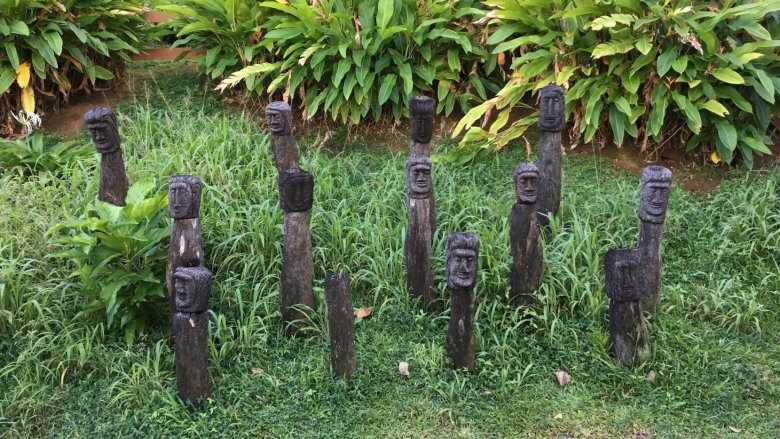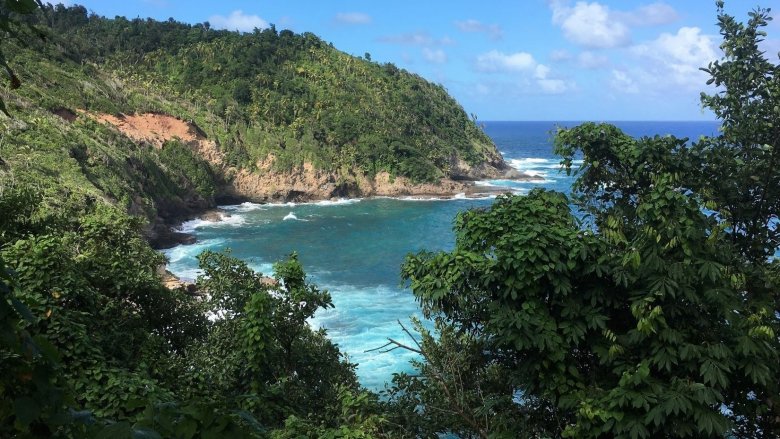Imagine a place where forested mountain ranges descend rapidly into clear turquoise waters. Where coves are ringed in cliffs sprouting waterfalls of vegetation, and where there are people whose connection to this verdant landscape is as inextricable as it is long.
The Commonwealth of Dominica is an island nation in the Lesser Antilles in the eastern Caribbean. Geographically unique, Dominica hosts nine volcanoes, seven mountain ranges, and one of the most heavily forested landscapes in the region, which is home to considerable biodiversity. Although the majority of Dominicans live on or near the coast, the country has a strong connection to its mountains and forests, which are particularly significant for the island’s Kalinago population, the only Caribbean community directly descended from the indigenous people that populated the entire region before colonization.
Over 60% of Dominica is covered by forest. From the high-altitude cloud forests to the low-lying woodland and much in-between, the country is a hub for forest diversity that changes according to the variable terrain and altitude. But as is the case worldwide, these valuable ecosystems are facing degradation and fragmentation from unsustainable development, agricultural expansion, pollution, sedimentation and erosion, and the introduction of invasive species. The growing frequency and intensity of climate-related events, such as the devastating Hurricane Maria in 2017, also cause significant ecosystem damage.
With the absence of a formal timber or wood-based industry, Dominica’s financial reliance on forests may seem low, but almost all economic activities are highly dependent on the services provided by forest ecosystems. Forests are essential for sectors like tourism, agriculture, and water management, and approximately 20% of jobs in Dominica are indirectly linked to forests. This is especially true for the Kalinago, whose livelihoods rely heavily on healthy ecosystems for subsistence agriculture and non-timber forest products, such as the larouman reed which is used to make and sell traditional handicrafts.



